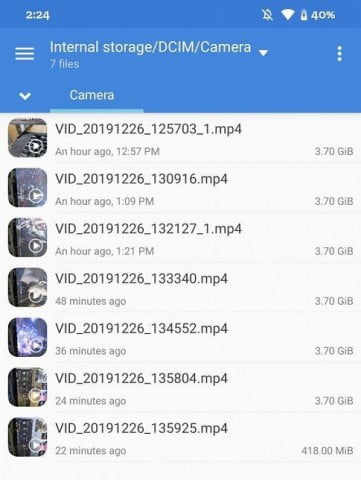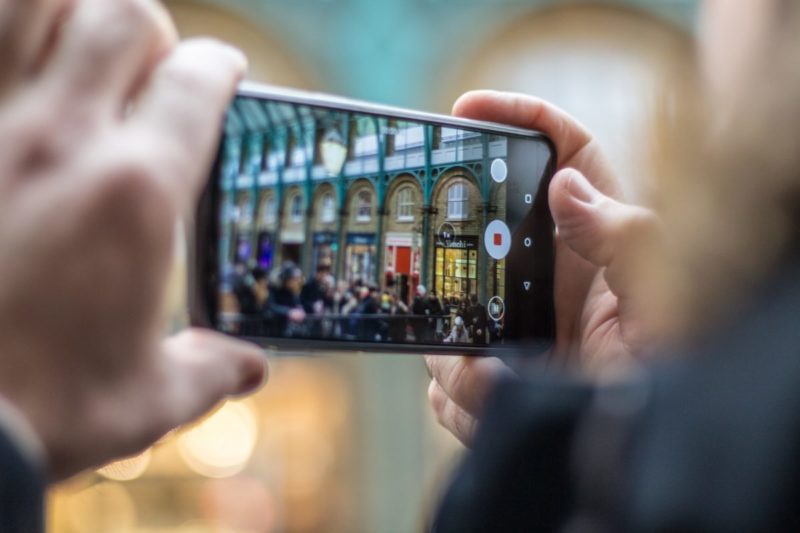The number of cameras of modern smartphones is constantly increasing, as well as the resolution of their sensors. Software developers do not always have time to keep up with this growth and some restrictions in Android OS regarding video recording, related to the features of already outdated standards, are still in effect. The release of Android 11 will enhance the shooting capabilities of new phones.

For example, maximum video recording limit was set at 4 GB for Android smartphones back in 2014, in accordance with the limitations of the file system of older models. In addition, most of the gadgets of that time were not able to shoot in 4K resolution, clogging the device’s memory. With the advence of models equipped with large storage capacity, the storage overflow problem was solved, but not with the file size.
Now videos that occupy more than 4 GB of disk space are divided into shorter videos by software. For example, when recording 4K video on a Pixel 4 at a bitrate of 48 Mbps, 4 gigabytes will be enough for about 12 minutes of shooting, then the camera will save the movie and start shooting the next one. In the DICM folder, accordingly, instead of one movie file, there lies a whole sequence of files.

These records can be combined into one file, but this requires using third-party software and some knowledge to use it. However, the situation may soon change. According to participants in the Android Open Source Project (AOSP) community, Google will remove the previously established restriction in Android 11. As a result, the maximum amount of video will be limited only by the empty storage capacity of the device itself.
Presumably, a new algorithm will appear in the release of new mobile OS, which is expected in August 2020.
Source: xda-developers.com





